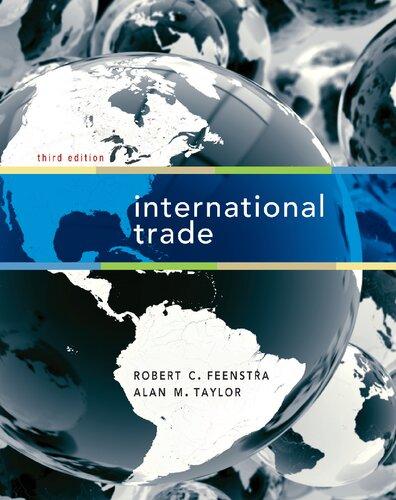Figure 9-1 shows the Home no-trade equilibrium under perfect competition (with the price P C ) and
Question:
Figure 9-1 shows the Home no-trade equilibrium under perfect competition (with the price P C ) and under monopoly (with the price P M). In this problem, we compare the welfare of Home consumers in these two situations.
a. Under perfect competition, with the price P C , label the triangle of consumer surplus and the triangle of producer surplus. Outline the area of total Home surplus (the sum of consumer surplus and producer surplus).
b. Under monopoly, with the price P M, label the consumer surplus triangle.
c. Producer surplus is the same as the profits earned by the monopolist. To measure this, label the point in Figure 9-1 where the MR curve intersects MC at point B’. For selling the units between zero and QM, marginal costs rise along the MC curve, up to B’. The monopolist earns the difference between the price P M and MC for each unit sold. Label the difference between the price and the MC curve as producer surplus, or profits.
d. Outline the area of total Home surplus with a Home monopoly.
e. Compare your answers to parts
(a) and (d), and outline what the difference between these two areas is. What is this difference called and why?
Step by Step Answer:







